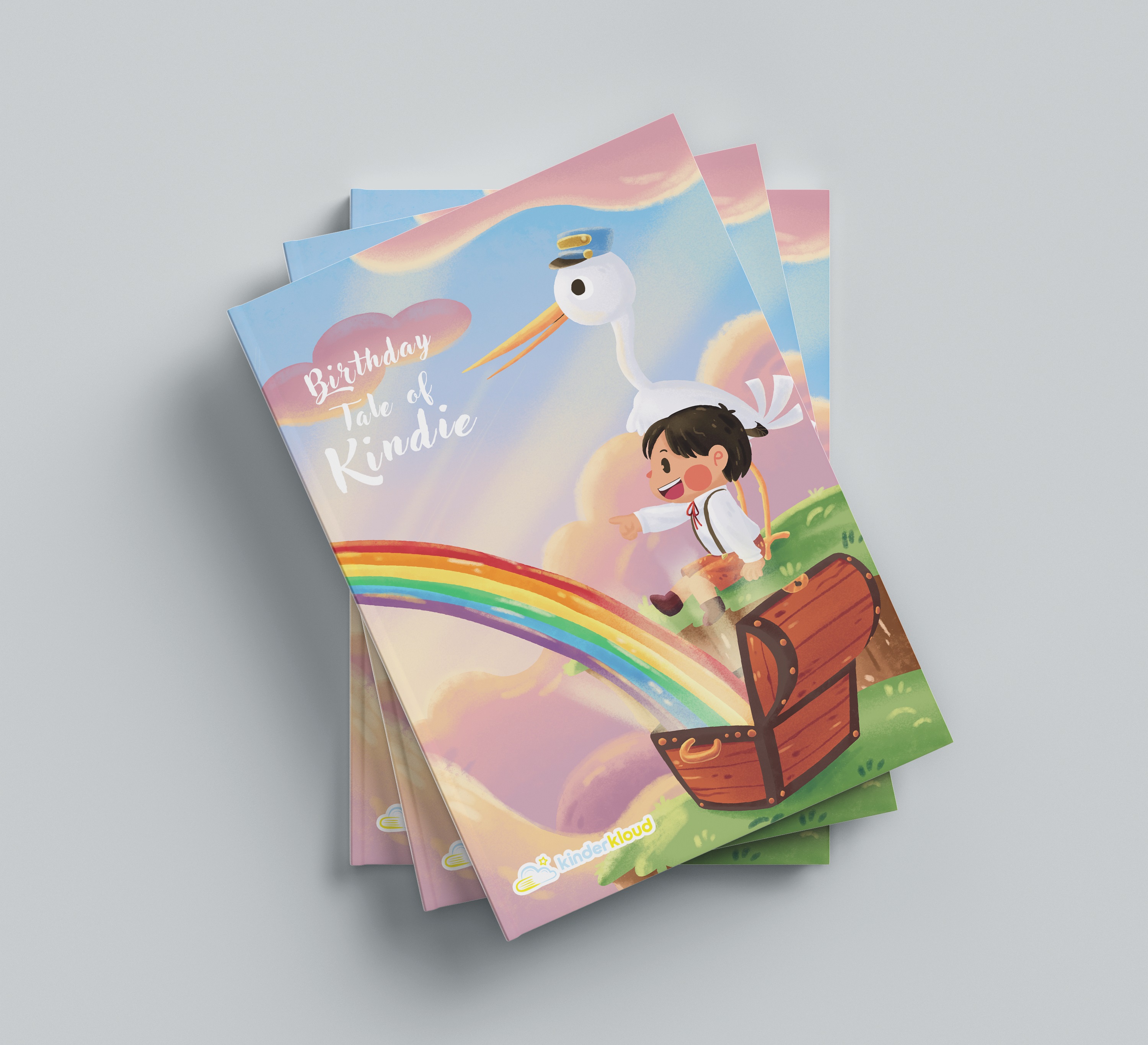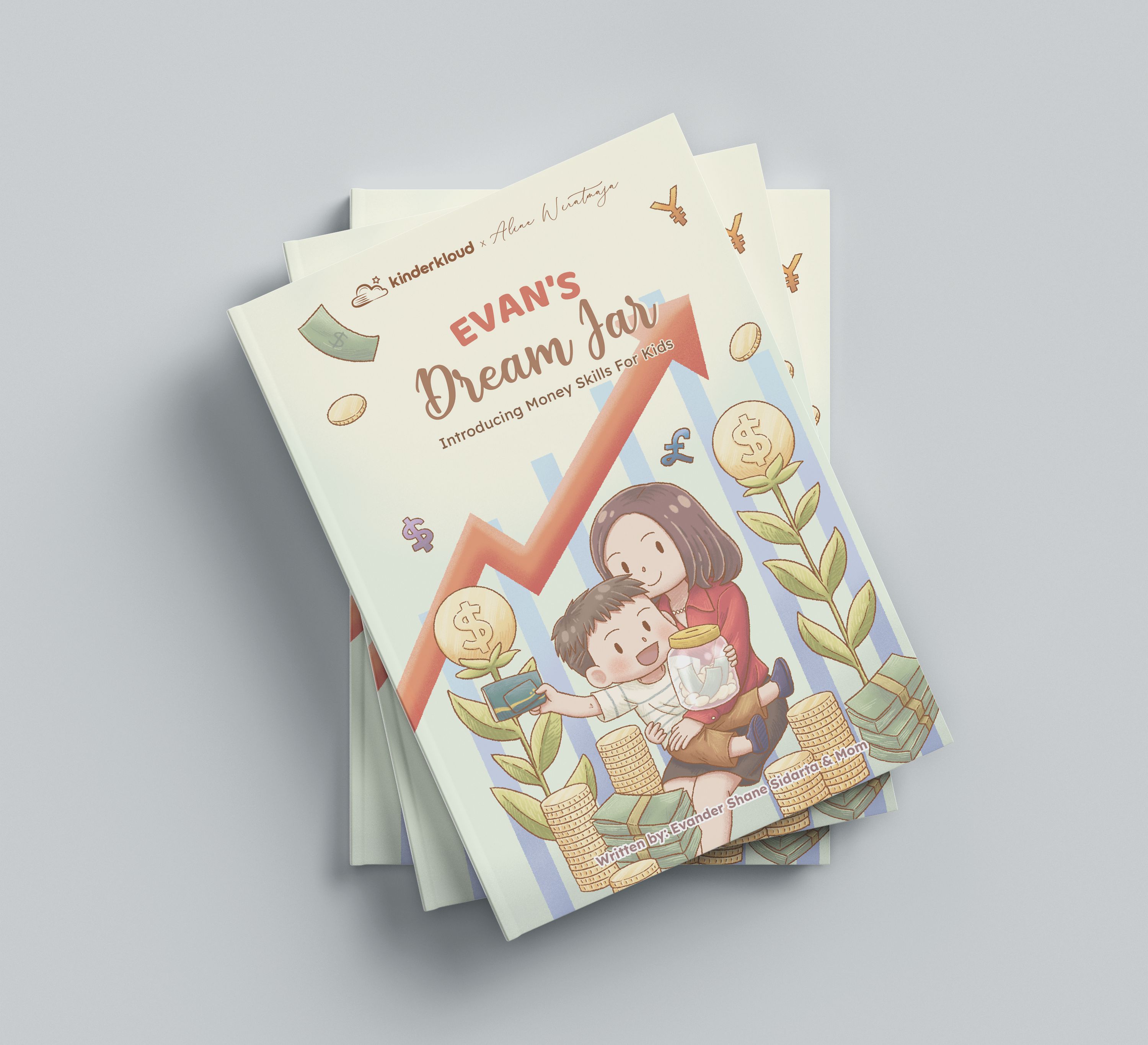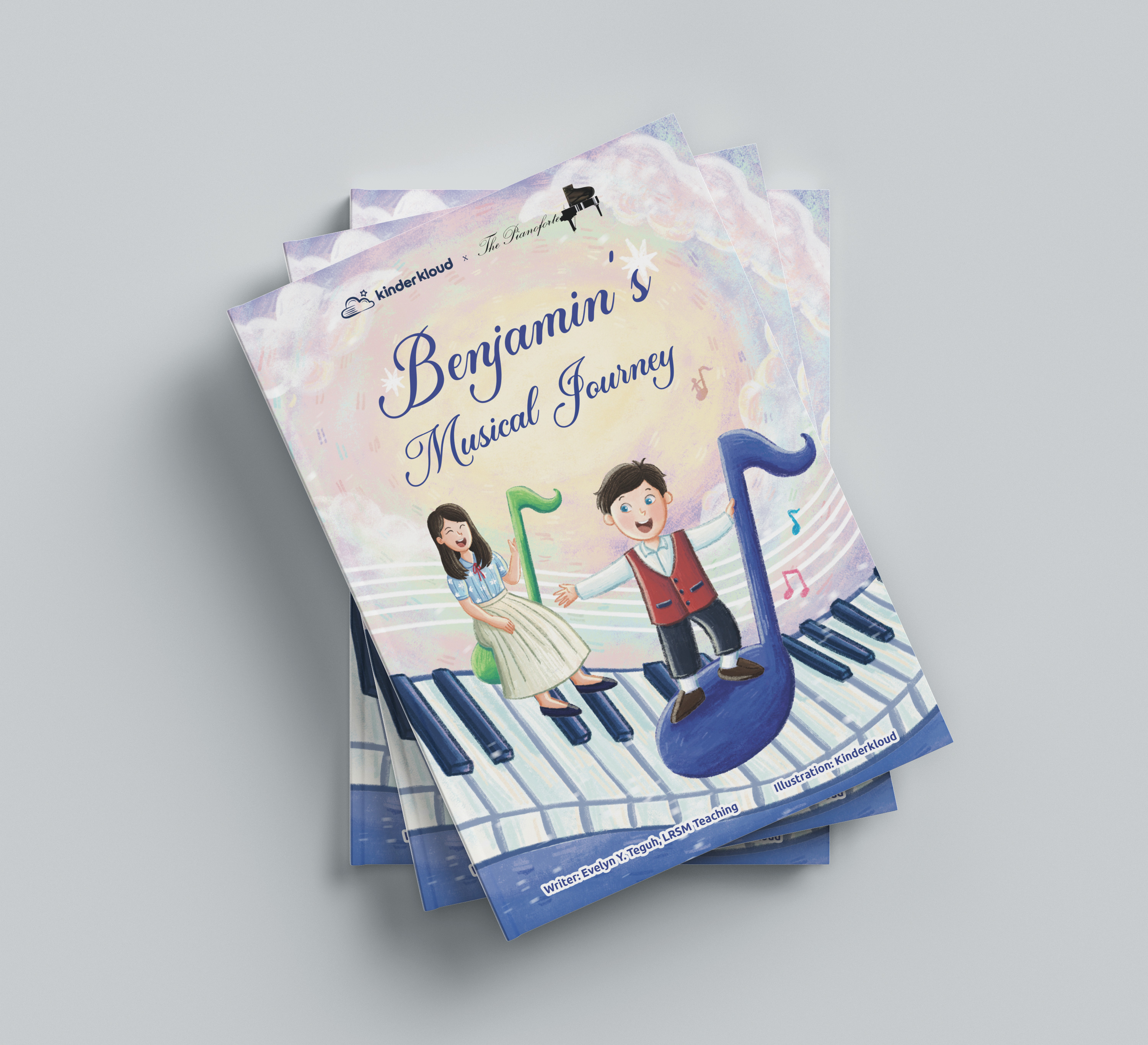Drawing and Scribbling for Children’s Early Development

Drawing and scribbling are simple yet important art activities for children as they help develop children’s brain capacity in early childhood and many life skills in the future. Both activities play a role in increasing children’s motivation to learn, promoting their construction of knowledge, as well as providing mental maps for children to produce letters which are important for language and literacy skills development. Drawing is also a great physical exercise for children to develop fine motor skills for writing. Engaging in art activities later in school will also help to promote mastery, self-esteem, and creativity in children. Furthermore, drawing can help us understand how children perceive their world.
Parents can use drawing or scribbling activity to educate attention and concentration in children. When a child draws, their brain is trained to pay and maintain attention for a long time which is important for learning and school. Drawing is also a good exercise for children to learn patterns as well as imagination and creative behaviors. In addition, it promotes children’s ability to plan, anticipate results, and make decisions. Drawing is also known to help children decrease anxiety, increase the sense of well-being, navigate emotions, and activate expressive systems in the brain.
In consequence, providing an appropriate amount of opportunities for children to draw becomes important as well. Here are some tips to encourage children to draw:
- Provide handy and accessible drawing materials at home and also bring some of them while going out. This will give the children chances to draw and scribble at any time and everywhere. It is also important to note that younger children might need thick and chunky crayons to draw as they may have not developed the finger and thumb grip skills needed to hold a thin coloring pen or pencils.
- Let children express their creativity by allowing them to decide what to draw and when they want to do it. Parents can also provide a variety of choices of art materials which can be a great exercise to improve the children’s skills in problem solving and decision making.
- Talk about their drawing and ask questions about it. For example, ask about what picture they are drawing, what colors they use, or what shapes they are making. Having a conversation about their artwork can improve their vocabulary and language skills. Parents can also ask about their drawing process, like how they draw the house or the people, animals, and others in the drawing or if you notice a mixed color in the drawing, ask the children about what colors they mix.
- Give positive comments on their drawing and praise their efforts.
- Ask the children to sign their work and write their name somewhere in the drawing to help them get familiar seeing their name.
- Display their artwork in the house where everyone can see. This can be on the fridge, bedroom doors, or a wall dedicated for the children’s art pieces.
Drawing can provide many benefits for children’s development. However, it is important to remember that drawing and other art activities which children engage in is a process of creating, experimenting, and exploring. Therefore, the process of drawing is more important than the result of the drawing itself. Children must not be asked to focus on the end product of their work as it would limit their learning opportunities.
References:
Art - an opportunity to develop children’s skills. (2016). Penn State Extension: Better Kid Care. Retrieved October 5, 2022 from http://bkc-od-media.vmhost.psu.edu/documents/HO_Art_AnOpportunity.pdf
Chang, N. (2012). The role of drawing in young children’s construction of science concepts. Early Childhood Education Journal, 40(3), 187-193. http://doi.org/10.1007/s10643-012-0511-3
Drawing, scribbling and writing: activities for children 3-6 years. (2020, October 21). Raising Children Network Australia. Retrieved October 5, 2022 from https://raisingchildren.net.au/guides/activity-guides/letters,-words-and-stories/drawing,-scribbling-and-writing-activities-for-children-3-6-years
Lima, E. S., & Lima, M. G. (Eds.). (2020). The act of drawing in early childhood education. Centro de Pesquisas e Estudos Armando de Oliveira Souz. https://www.researchgate.net/publication/345708933_The_Act_of_Drawing_in_Early_Childhood_Education
By: Salma Safira Sukma Ikhsani, S.Psi. from BehaviorPALS Center
drawing, scribbling, children, early development
Pre-school 2 Years - 4 Years / 2 Tahun - 4 Tahun (Balita) / Fine Motoric / Motorik Halus / Education / Pendidikan / Drawing and Scribbling for Children’s Early Development
Comments















